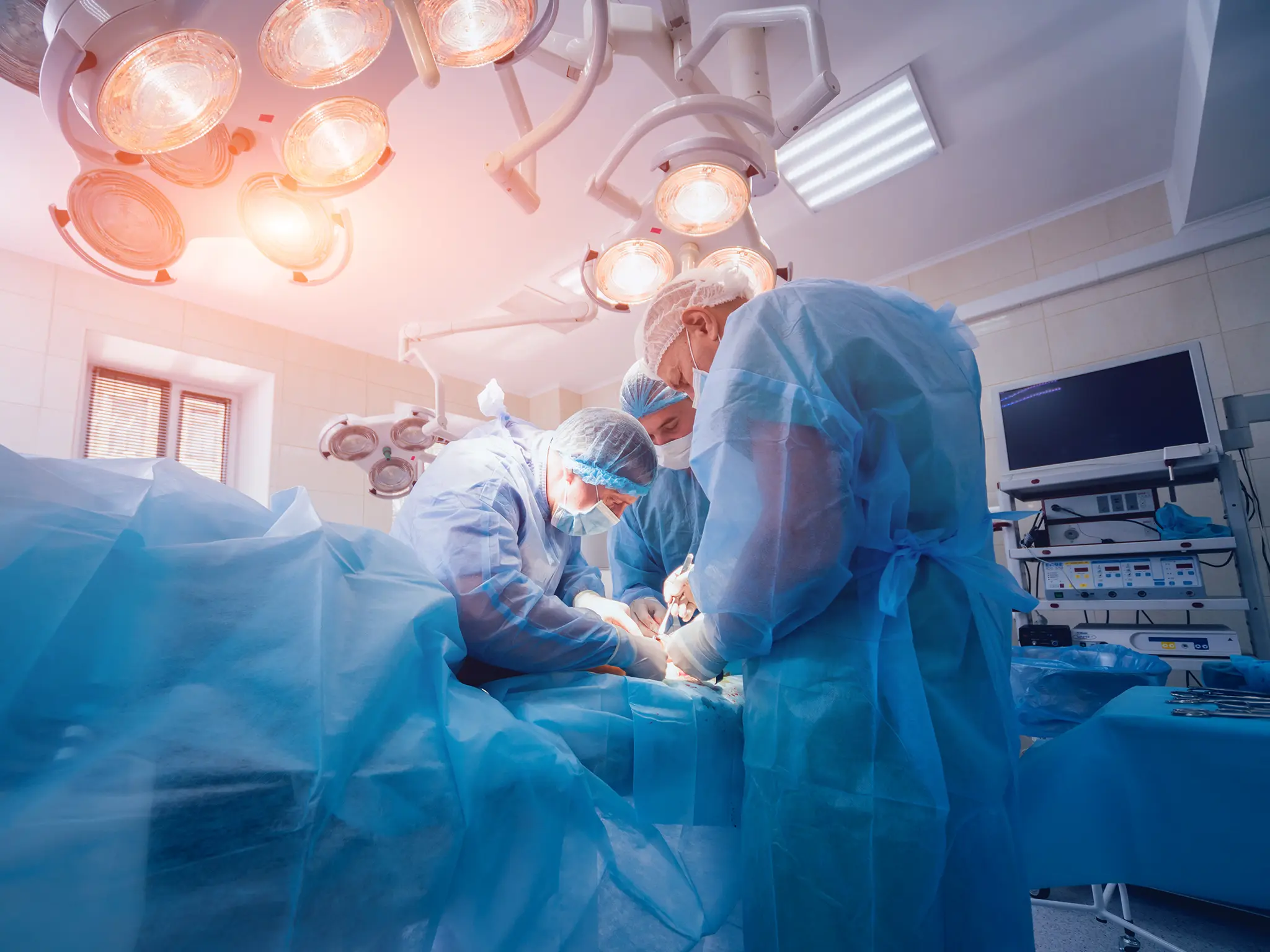Lumbar Canal Stenosis Doctor in Lucknow
Lumbar canal stenosis is a medical condition where the spinal canal in the lumbar (lower) region of the spine gets narrow. The spinal canal is the passageway that houses the spinal cord and nerve roots.When this canal becomes narrowed, it can put pressure on the spinal cord and nerves, leading to various symptoms.
Degenerative changes over time, herniated discs, congenital conditions, or trauma to the spine can result in narrowing of the spinal canal.Lumbar canal stenosis may cause lower back pain, leg pain, numbness, tingling, weakness, and difficulty walking.Treatments such as physical therapy and medications are often used to manage symptoms, but in severe cases, surgery like decompressive laminectomy may be recommended..
Dr Shri Ram Gupta know as the best spine surgeon in Lucknow is an expert in treatment of lumbar canal stenosis. He diagnosis lumbar canal stenosis thorough medical history, physical examination, and imaging studies such as X-rays or magnetic resonance imaging (MRI).
What are the treatment options for lumbar canal stenosis?
The treatment for lumbar canal stenosis depends on the severity of symptoms, the impact on daily life, and the underlying causes. Treatment options can range from conservative measures to surgical interventions. Here are some common approaches:
A physical therapist can design exercises and stretches to improve flexibility, strengthen muscles, and enhance overall spinal stability.
If conservative measures do not provide sufficient relief or if symptoms are severe, surgical intervention may be considered. Decompressive surgeries, such as laminectomy or laminotomy, involve removing part of the bone or ligaments to create more space in the spinal canal, relieving pressure on the nerves.
In some cases, spinal fusion may be performed along with decompressive surgery to stabilize the spine. This involves fusing two or more vertebrae together using bone grafts or implants.
This surgical procedure involves creating more space within the spinal canal by reshaping the lamina
Some individuals find relief from lumbar canal stenosis symptoms through acupuncture, which involves the insertion of thin needles into specific points on the body.
Schedule your initial consultation for lumbar canal stenosis treatment at RamJanki Neuro Care
If you or someone you know is exhibiting symptoms of lumbar canal stenosis, seeking prompt medical attention is essential for an accurate diagnosis and appropriate treatment plan. Contact us today to schedule a consultation with Dr. Shri Ram Gupta and take the first step towards a healthier, pain-free life. Your well-being is our priority.
